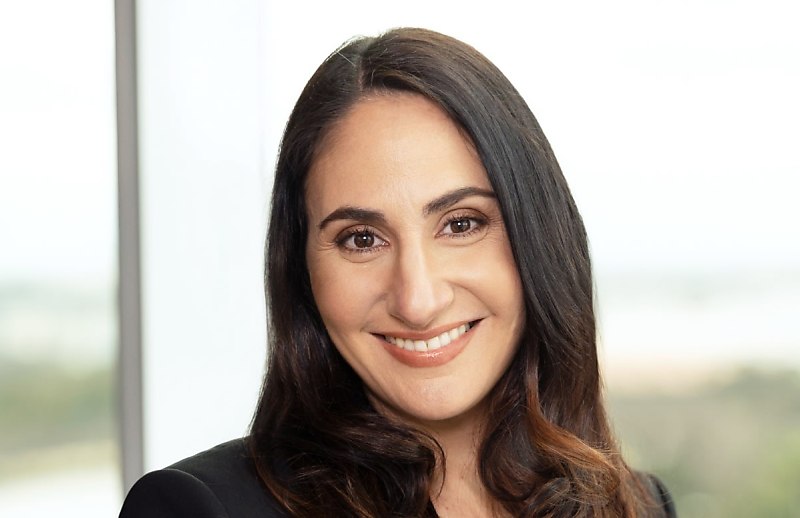Obtaining payment plans of two or three years is still possible despite the ATO’s tougher debt collection approach, according to a specialist lawyer.

Tax Assure principal Olga Koskie said despite all the “doom and gloom” surrounding recent discussions about ATO tax debts and the ability to obtain payment plans for businesses, it is still possible to obtain good outcomes for clients through payment plans.
Speaking in a recent podcast, Koskie said while the ATO is now taking a tougher approach to debt collection and has made it clear that tax debt should not be used as an easy form of finance for businesses, there are still options available for those that are actively addressing their tax debts.
“We have clients that haven’t known where to turn or they’ve heard stories that they have to pay half upfront or that they can only get a six-month payment plan,” she said.
Koskie said this isn’t necessarily the case, with the ATO still accepting payment plans on terms that are sustainable for businesses, sometimes over time frames of two or three years.
However, Koskie stressed that it is important to be aware of the range of factors that the ATO will take into account when deciding whether or not to agree to a payment plan.
“One of the things that the ATO are looking at when looking whether or not to grant a payment plan and considering a payment plan application is taxpayers’ current compliance and their history of compliance,” Koskie said.
“Compliance doesn’t necessarily mean not having any debt. It means being in a payment plan. What the ATO are doing now when they’re looking at new payment plans is [checking] how many times a taxpayer defaulted or how many times they have tried to get a payment plan.”
Koskie warned tax professionals that calling the ATO multiple times to make requests for payment plans could be detrimental to the client.
“Sometimes we’ll see other professionals that ring up the ATO to try and get a payment plan and if they don’t get it, they’ll hang up and they’ll ring up again,” Koskie said.
“Every time you do that, it’s now marked on the system as a denial or refusal. So that goes towards the client’s compliance.”
Koskie said the ATO is also looking at the ongoing viability of the business.
“[For example], does the payment plan match a client’s cash flow? Will this client stay in business, stay solvent and continue to trade?” she said.
“These are the things that need to be shown in an application to assist clients with a payment plan.”
Koskie said that where the application has been prepared in the right way to support each client, it is still possible to achieve a good payment plan with no upfront payment and repayments over two-and-a-half to three years.
“[However], it’s not a five-minute phone call. It’s taking all the different factors into consideration and [understanding] what the ATO are allowed to do and not to do.”

 Login
Login






